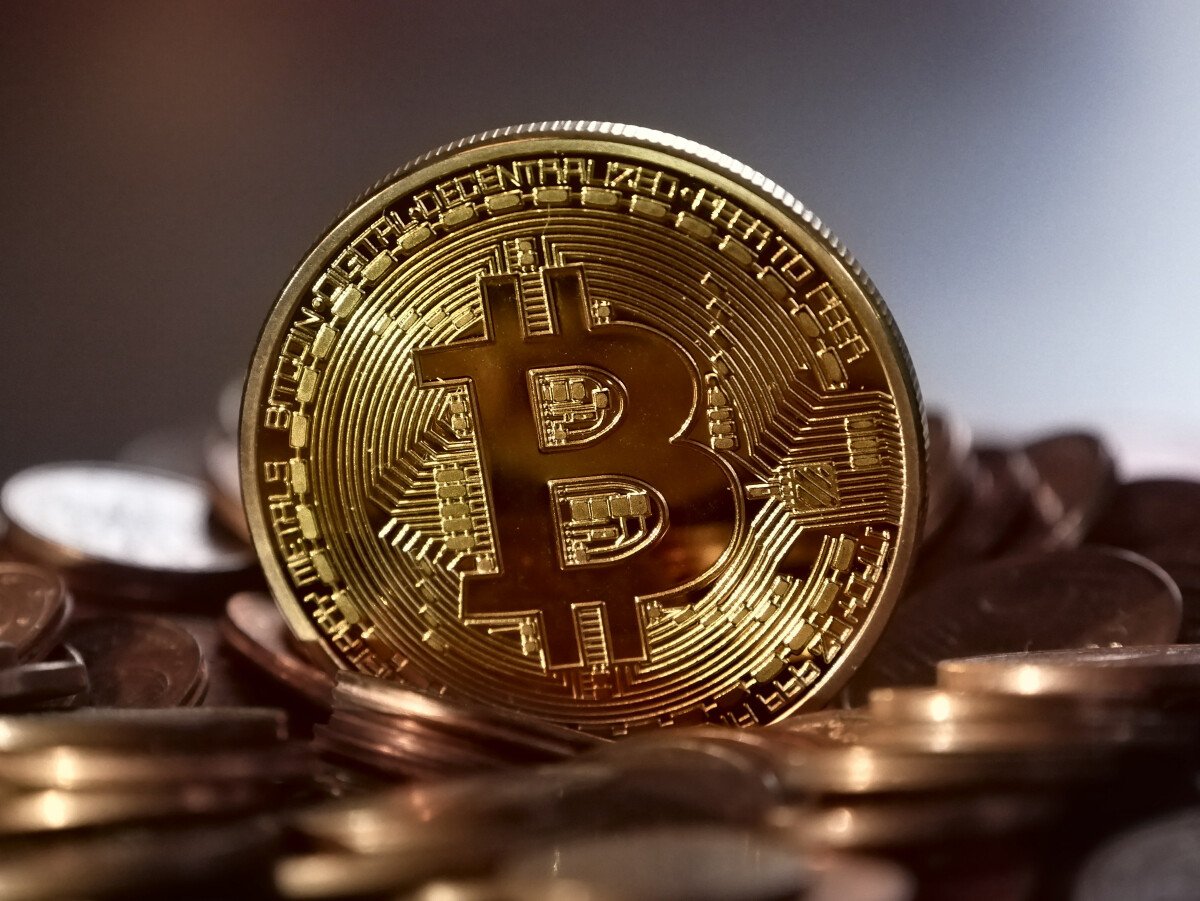Luminex, a launchpad platform for Bitcoin Ordinals, has proposed a new BRC-69 standard which promises a staggering reduction of more than 90% on inscription costs.
Ordinal inscriptions are digital assets similar to NFTs, inscribed on a Satoshi, the lowest denomination of a Bitcoin (BTC). Bitcoin Ordinals are on-chain, directly written on the Bitcoin network. Ordinals previously had a 4-megabyte limit on inscriptions.
According to the Luminex protocol’s GitHub, there is a need for inventive solutions where creators can bring their ideas while optimizing efficiency. BRC-69 looks to bypass the inscription limit through “Recursive Inscription” – calling data from existing inscriptions and using that within new ones.
The BRC-69 standard works in a 4-stage process of inscribing traits, deploying the collection, compiling it and finally, minting assets.
“Additionally, this standard paves the way for more intriguing on-chain features, such as pre-reveal collection launching and on-chain reveals,” Luminex post read. “This is accomplished by automatically and seamlessly rendering images on the Ordinals explorer, without the need for additional action.”
With Luminex’s BRC-69 standard, minters would only need to inscribe a single line of text instead of an entire image. This text serves as a reference allowing the final image to be automatically rendered across Ordinals frontends, through on-chain resources.
Recursive Inscriptions are a Breakthrough for Ordinal Developers
On June 12, Ordinal developers introduced recursive inscriptions to overcome Bitcoin’s 4MB cap per block that restricts the size of NFTs. Per a Tweet by pseudonymous developer Leonidas, creator of the Ord.io marketplace for inscriptions, the new feature “unlocks many powerful use cases.”
“It’s unclear yet exactly how people will use this but it is undoubtedly an important moment in the history of Bitcoin,” the Tweet said.
The Ordinals protocol came to prominence, earlier this year, enabling the creation of BRC-20 tokens and NFTs. As a result, Bitcoin transactions and fees on the network saw a significant surge.
Recursive inscriptions not only enhance efficiency and reduce costs but also streamline the storage of artwork on-chain. “The art is just stored on-chain in a much more efficient way, which could have saved over a million dollars in transaction fees in the case of Bitcoin Apes,” Leonidas noted.
Read the full article here













